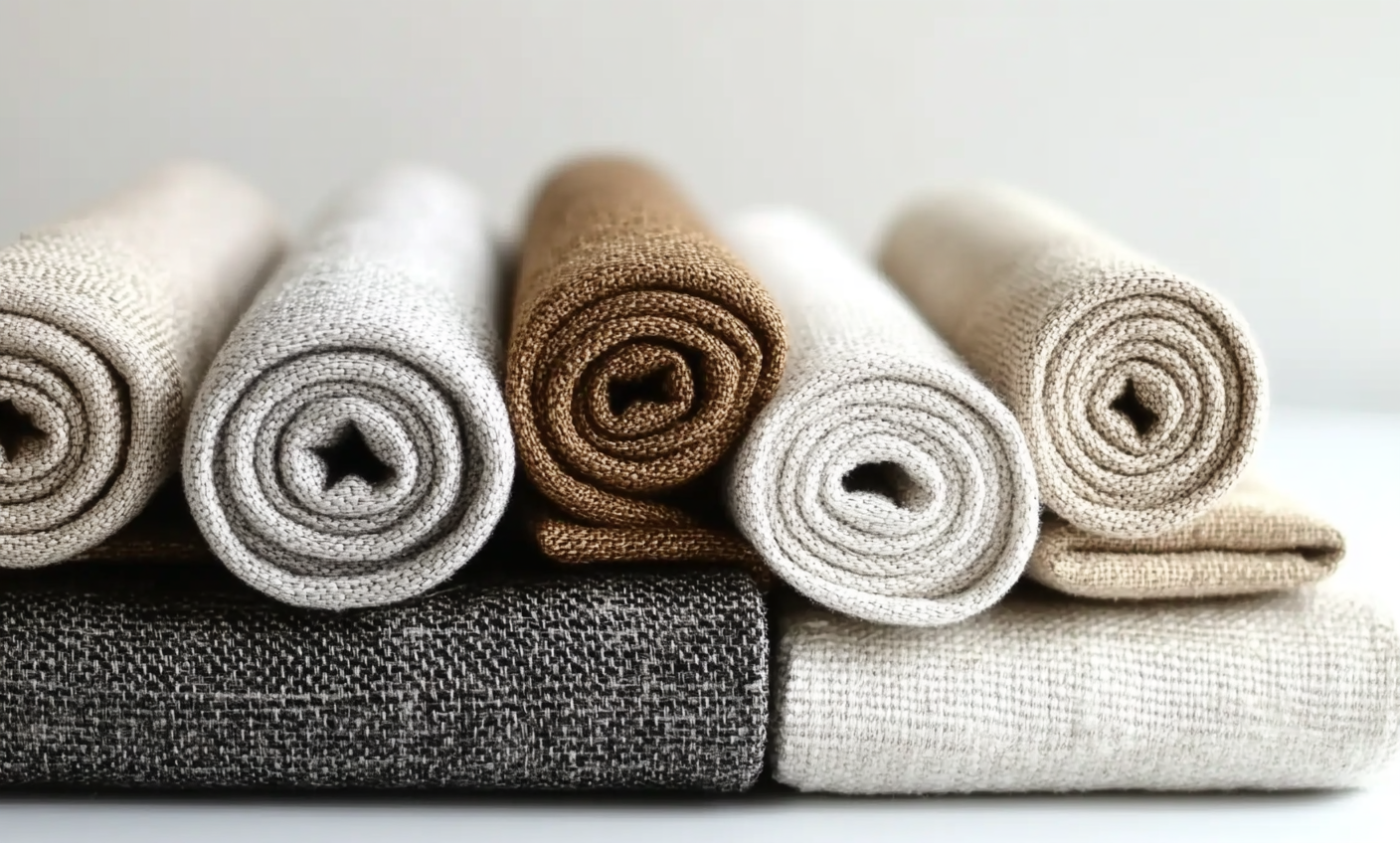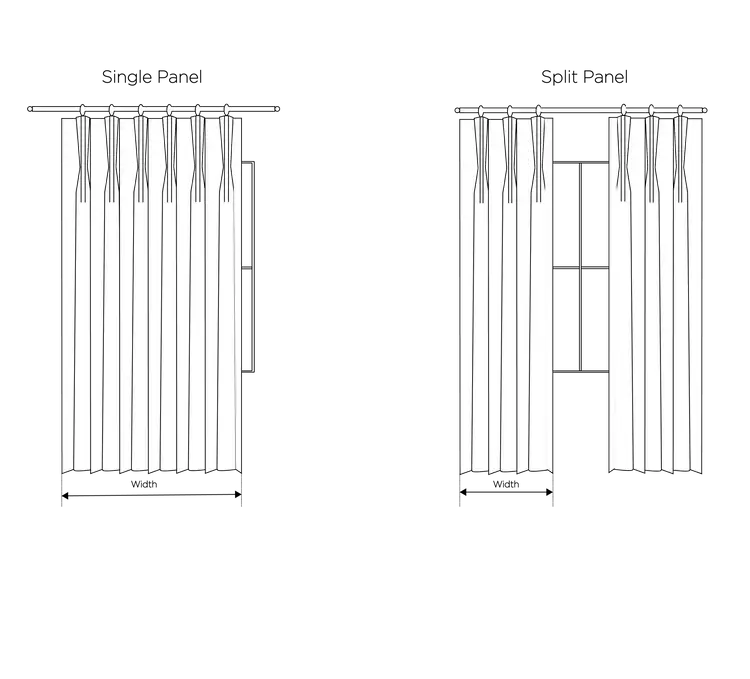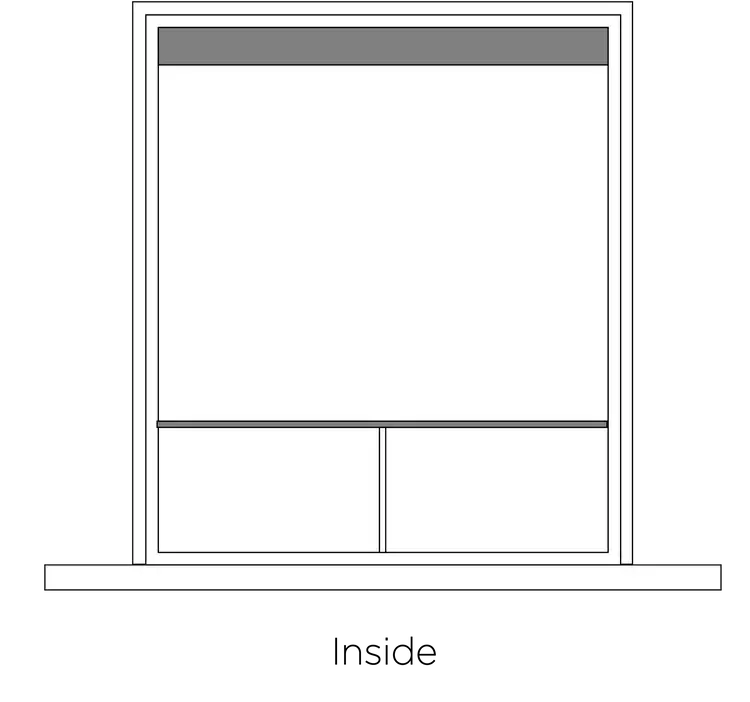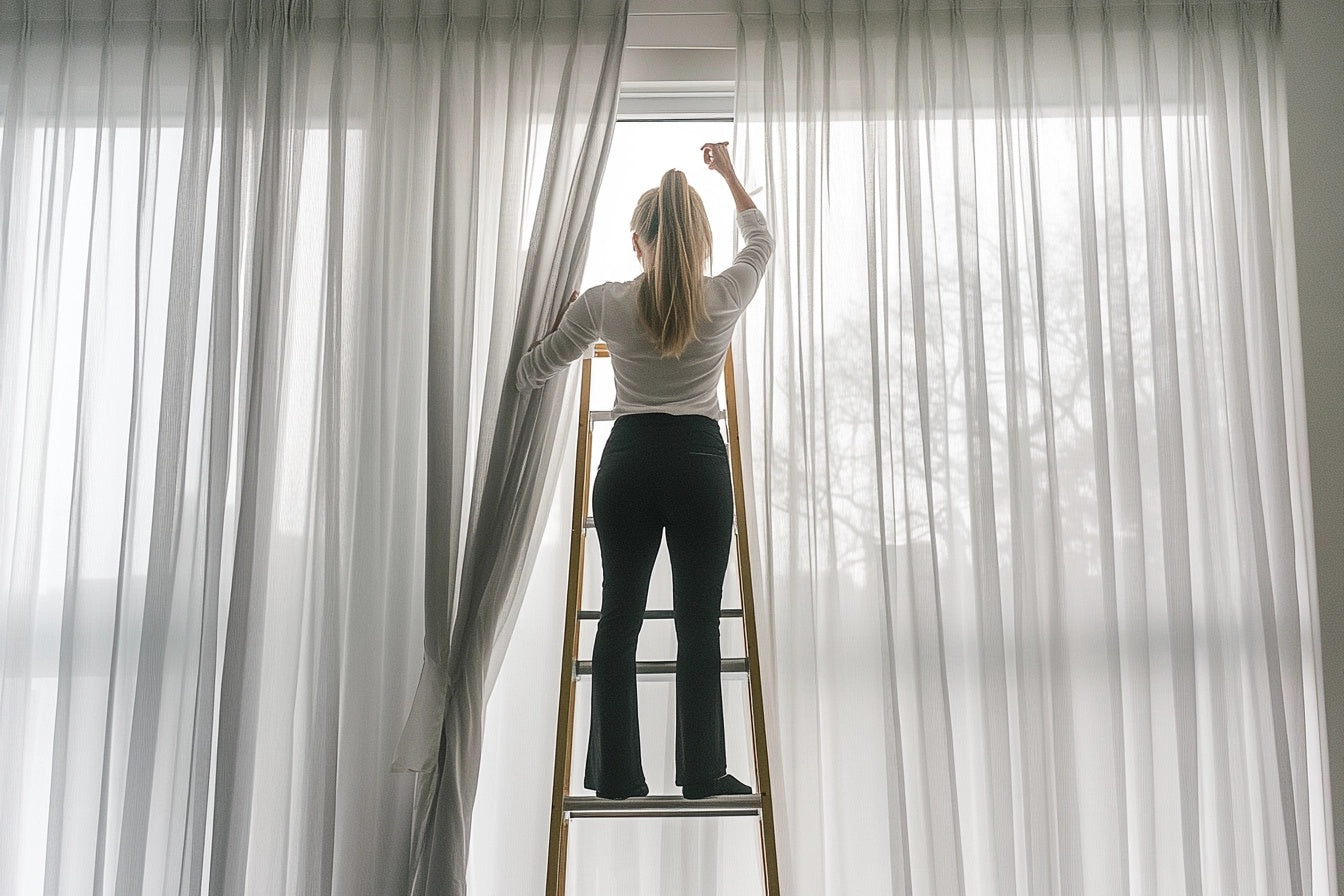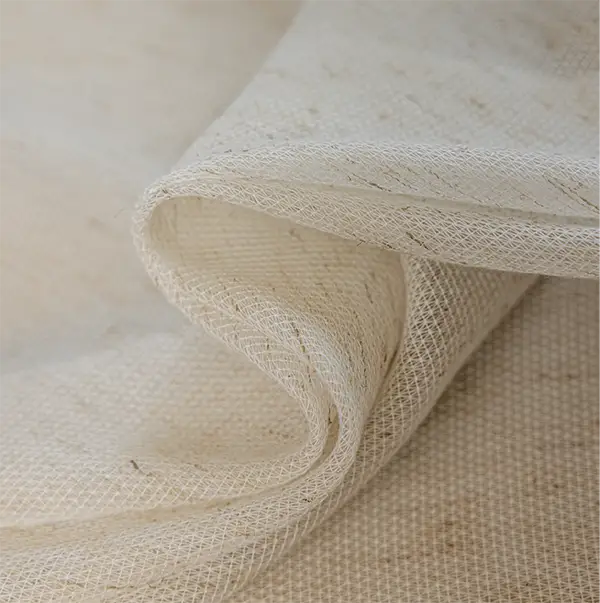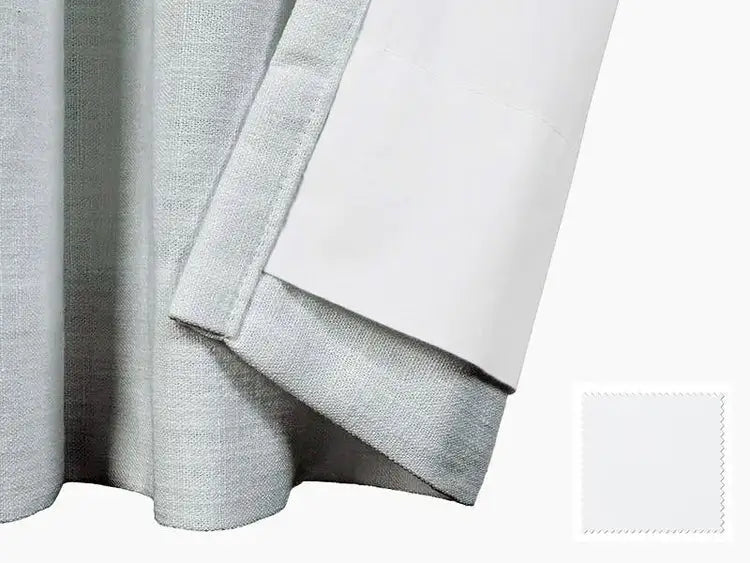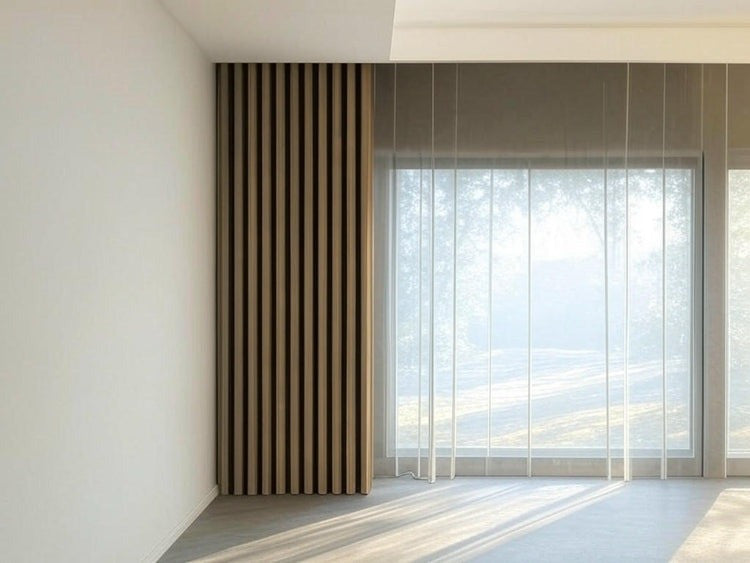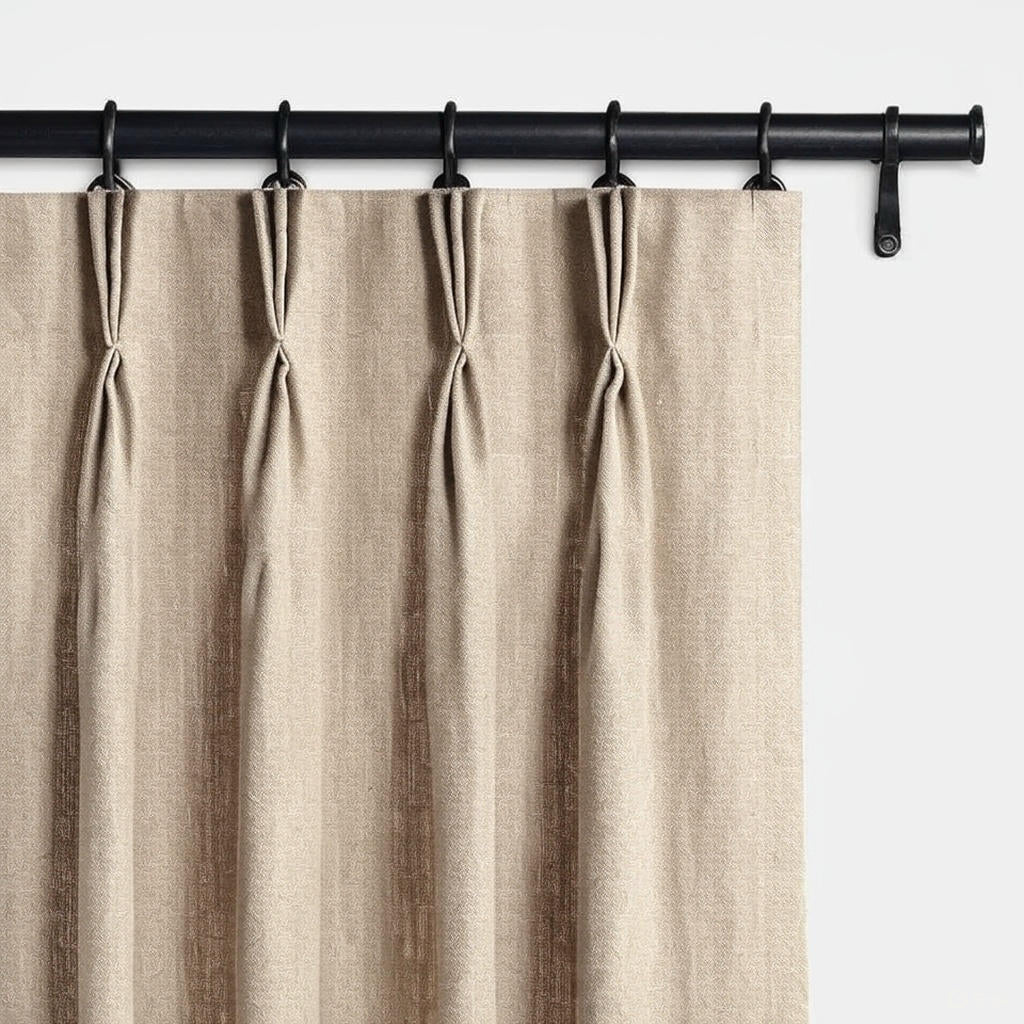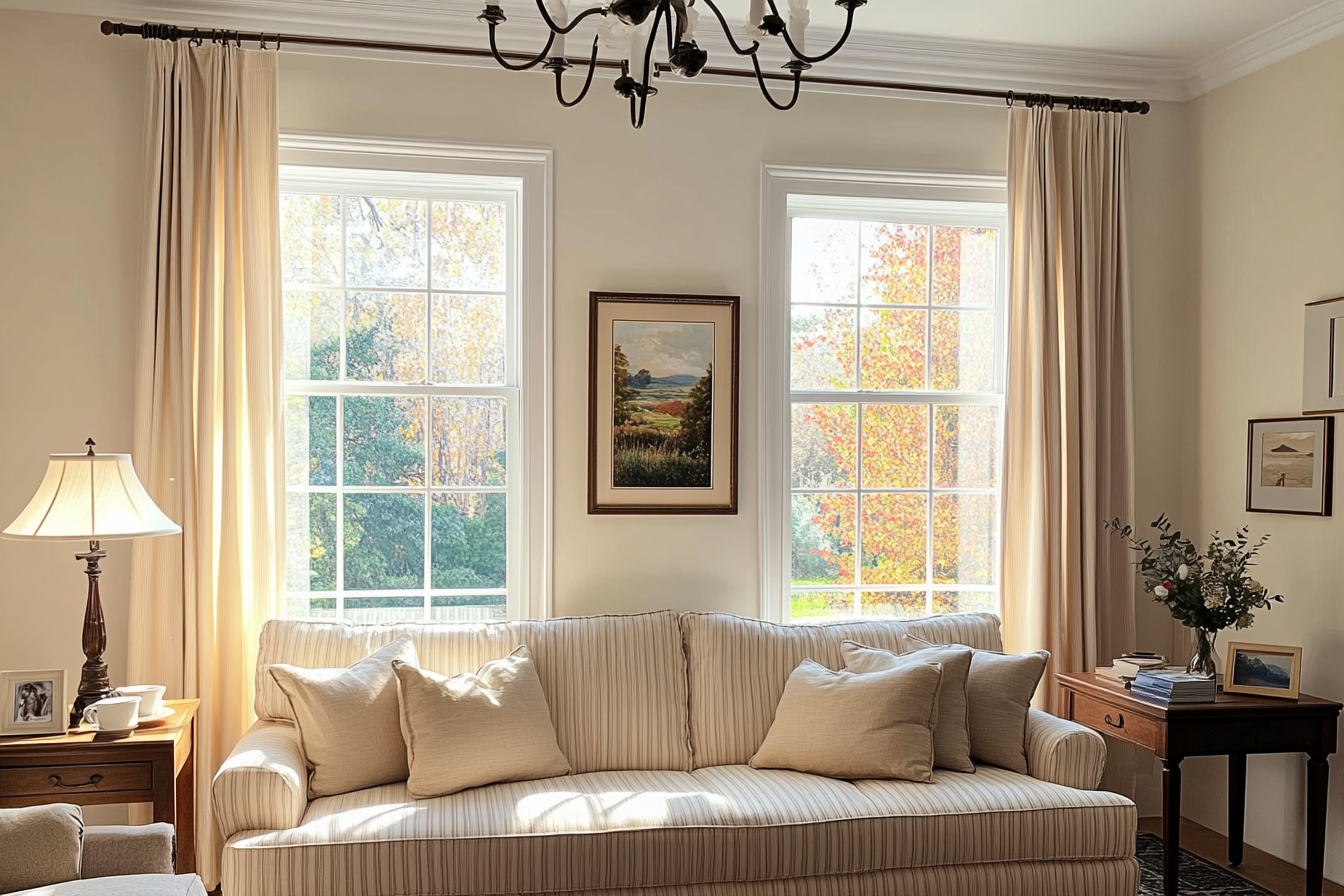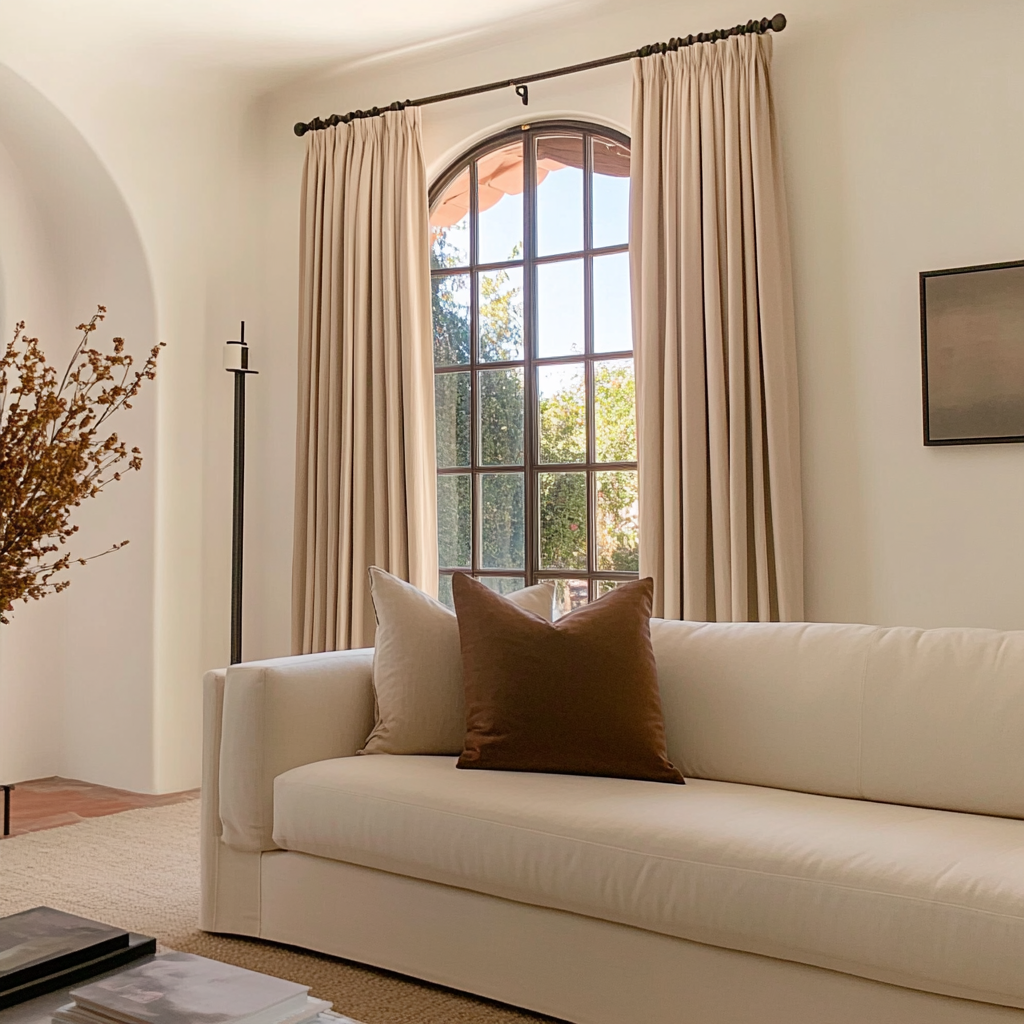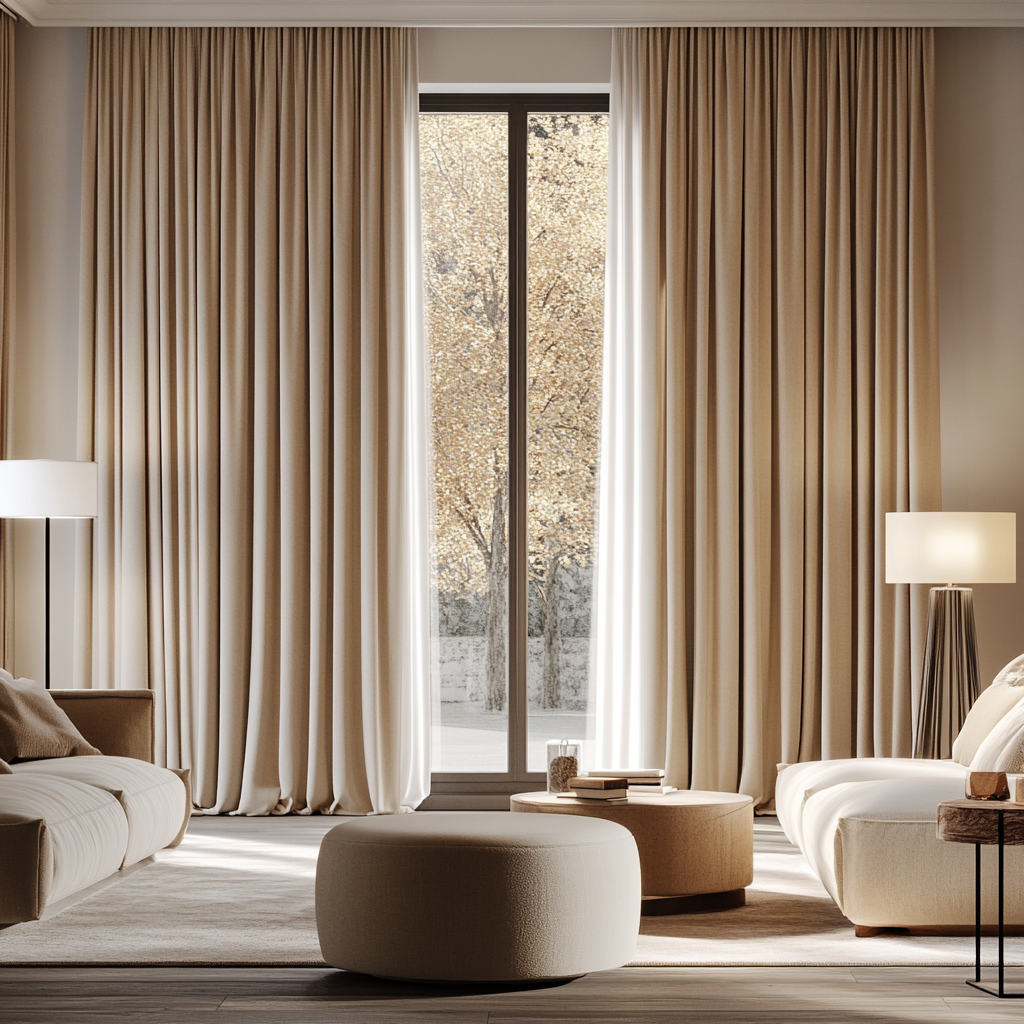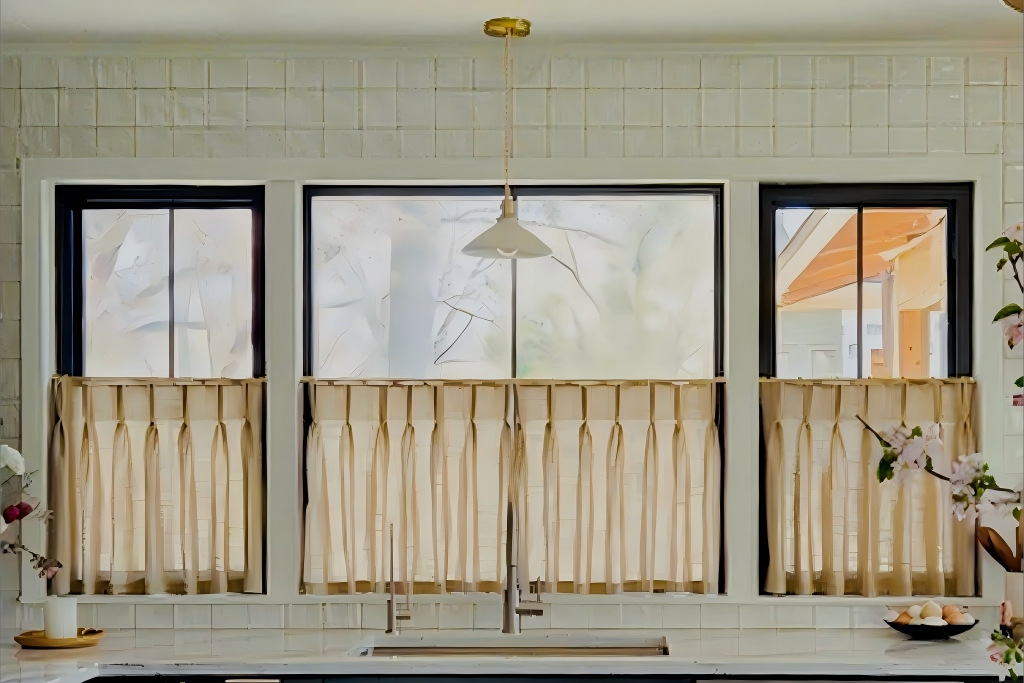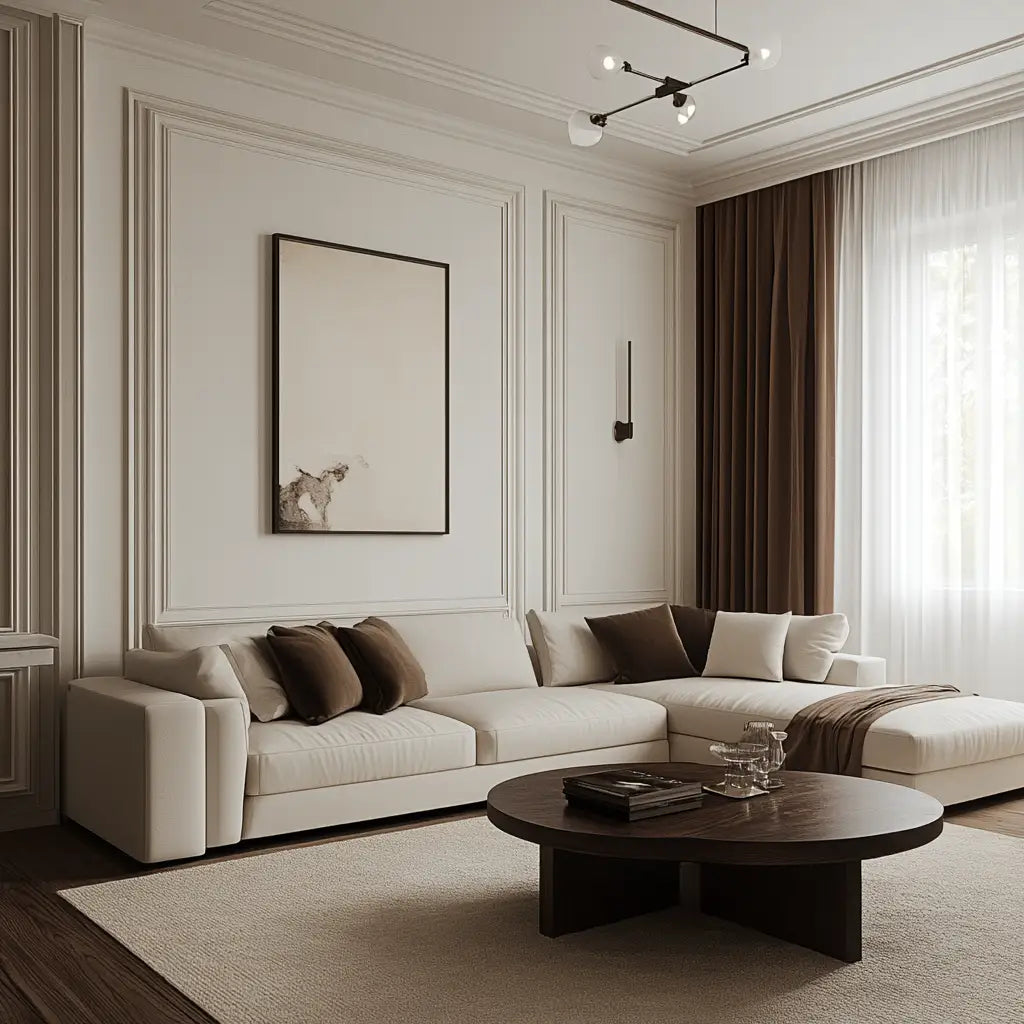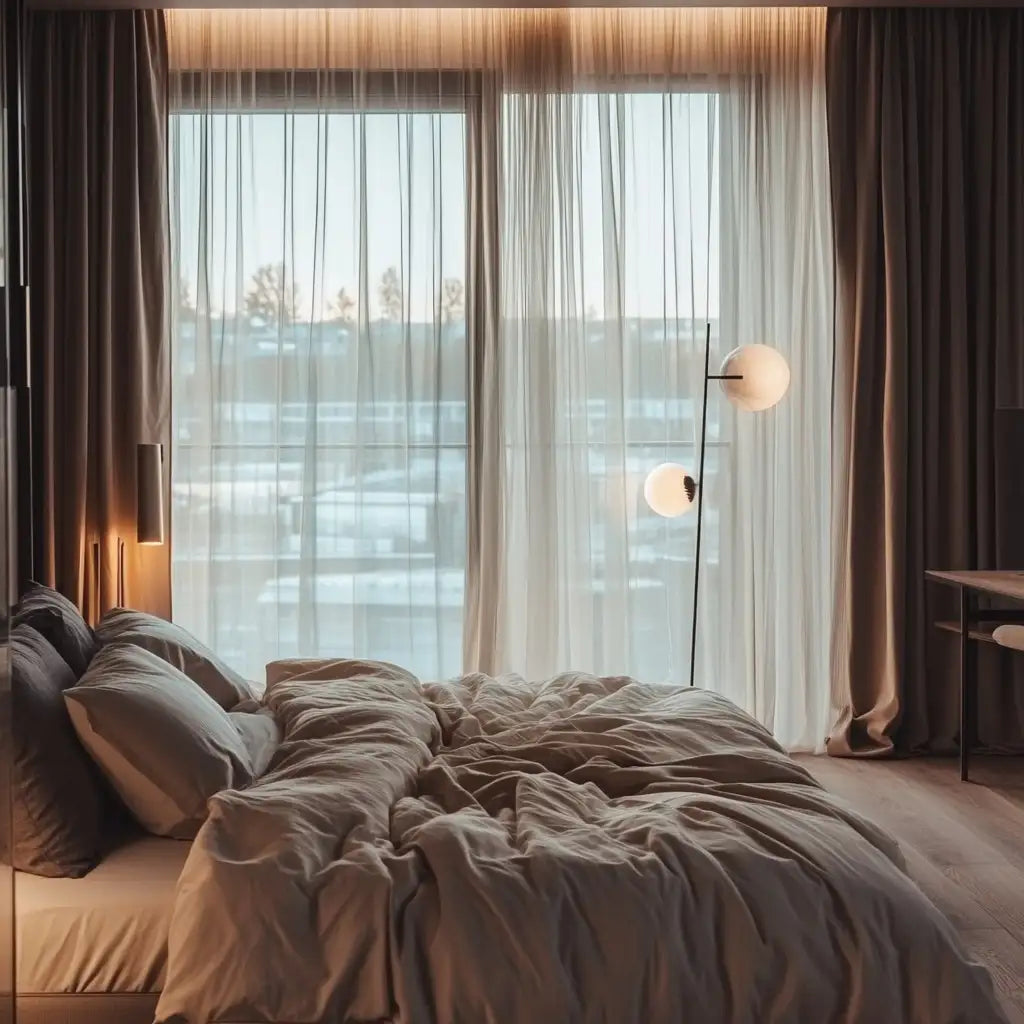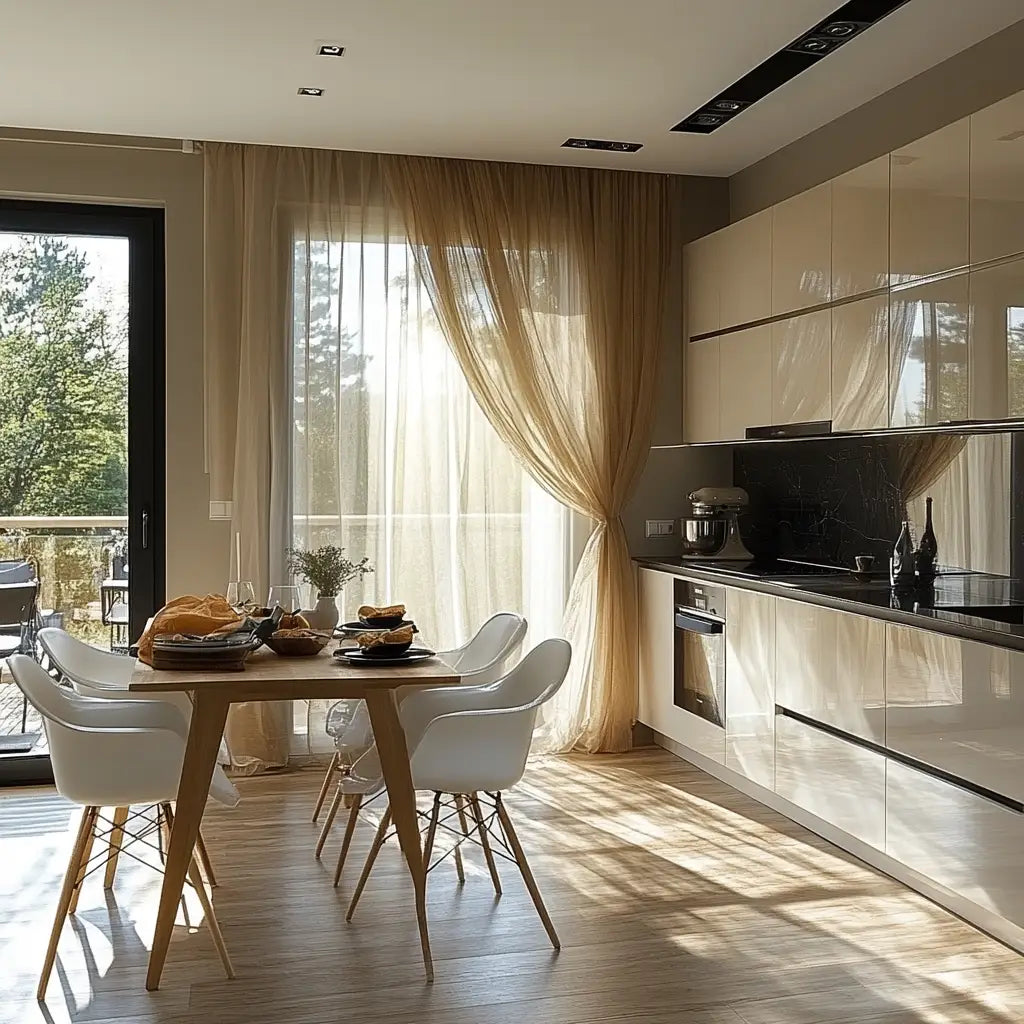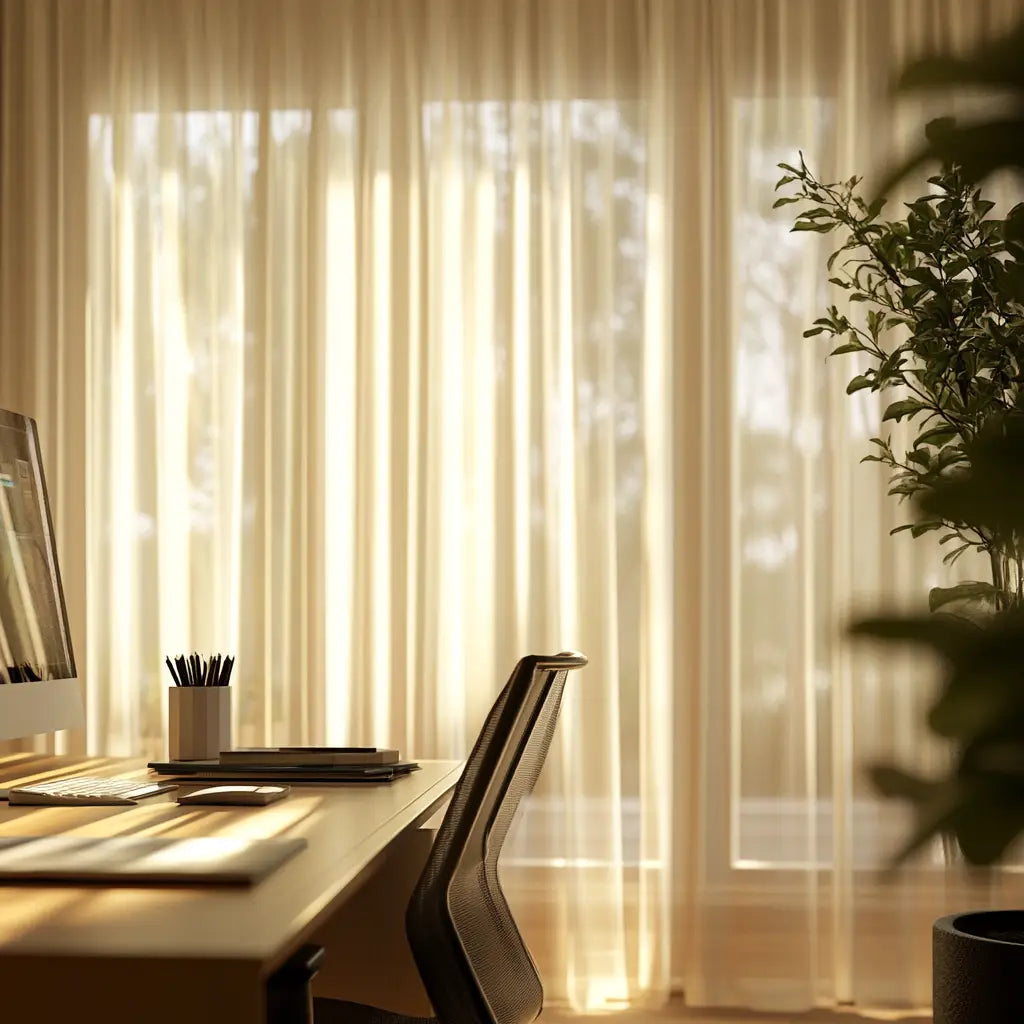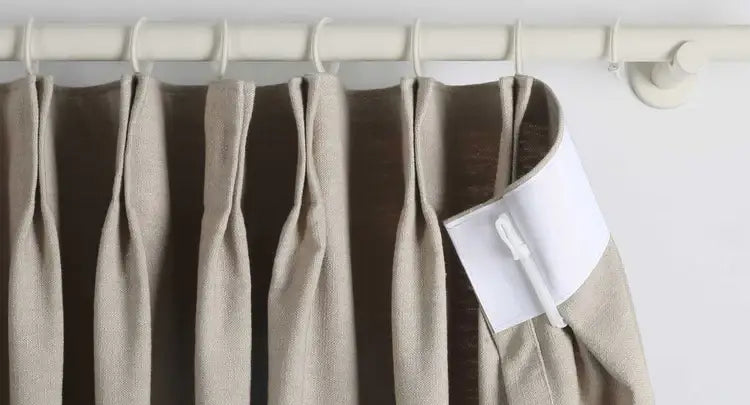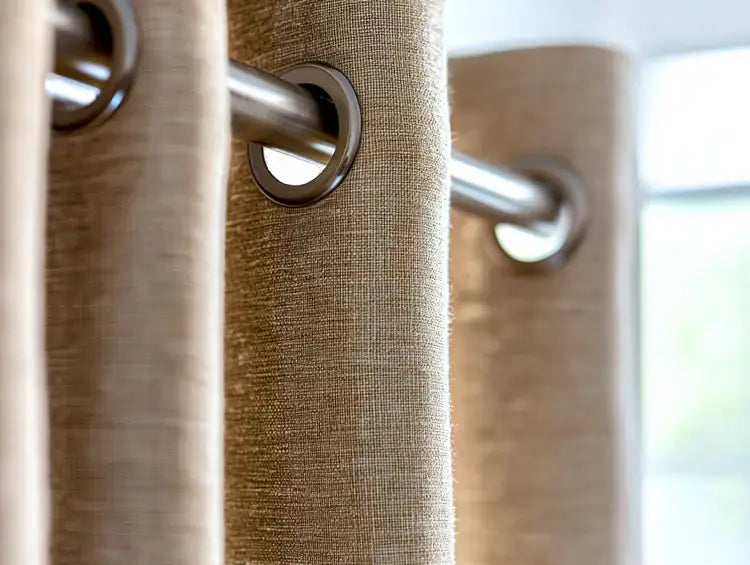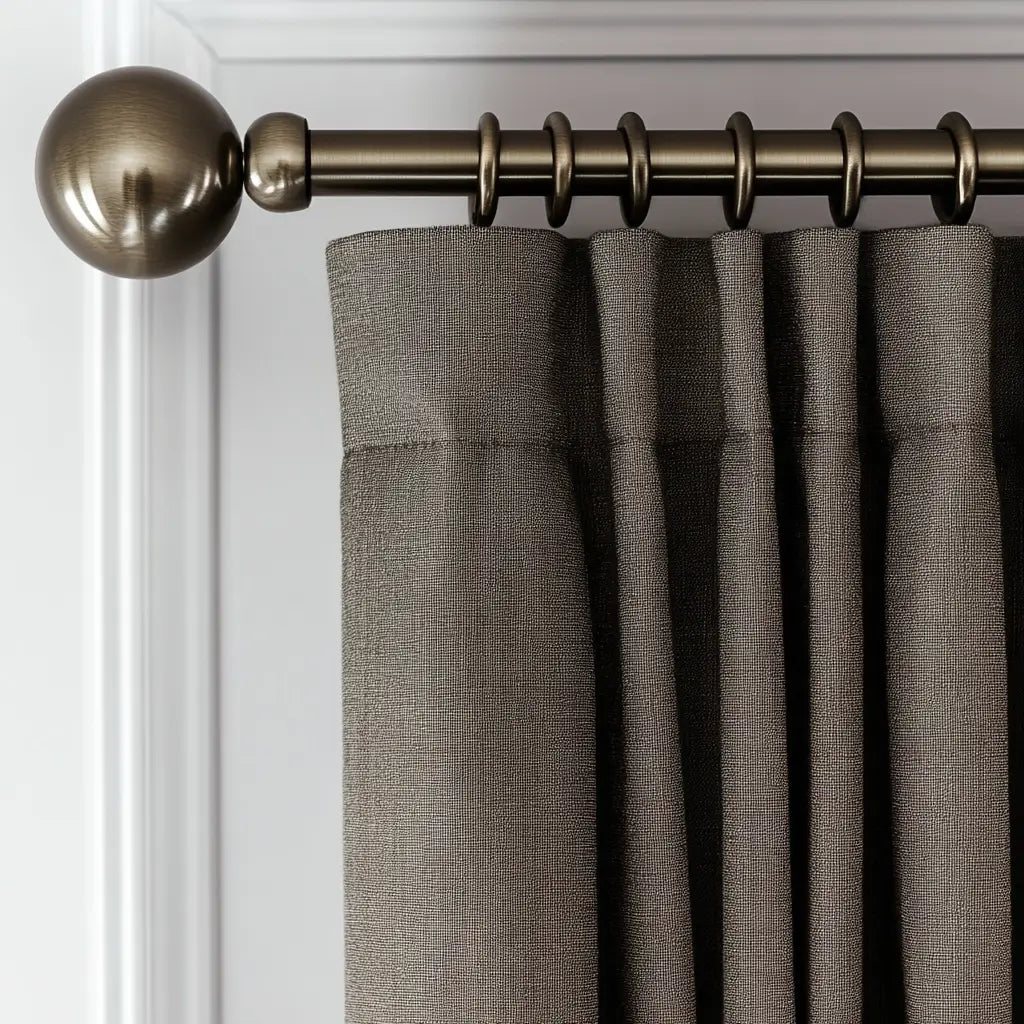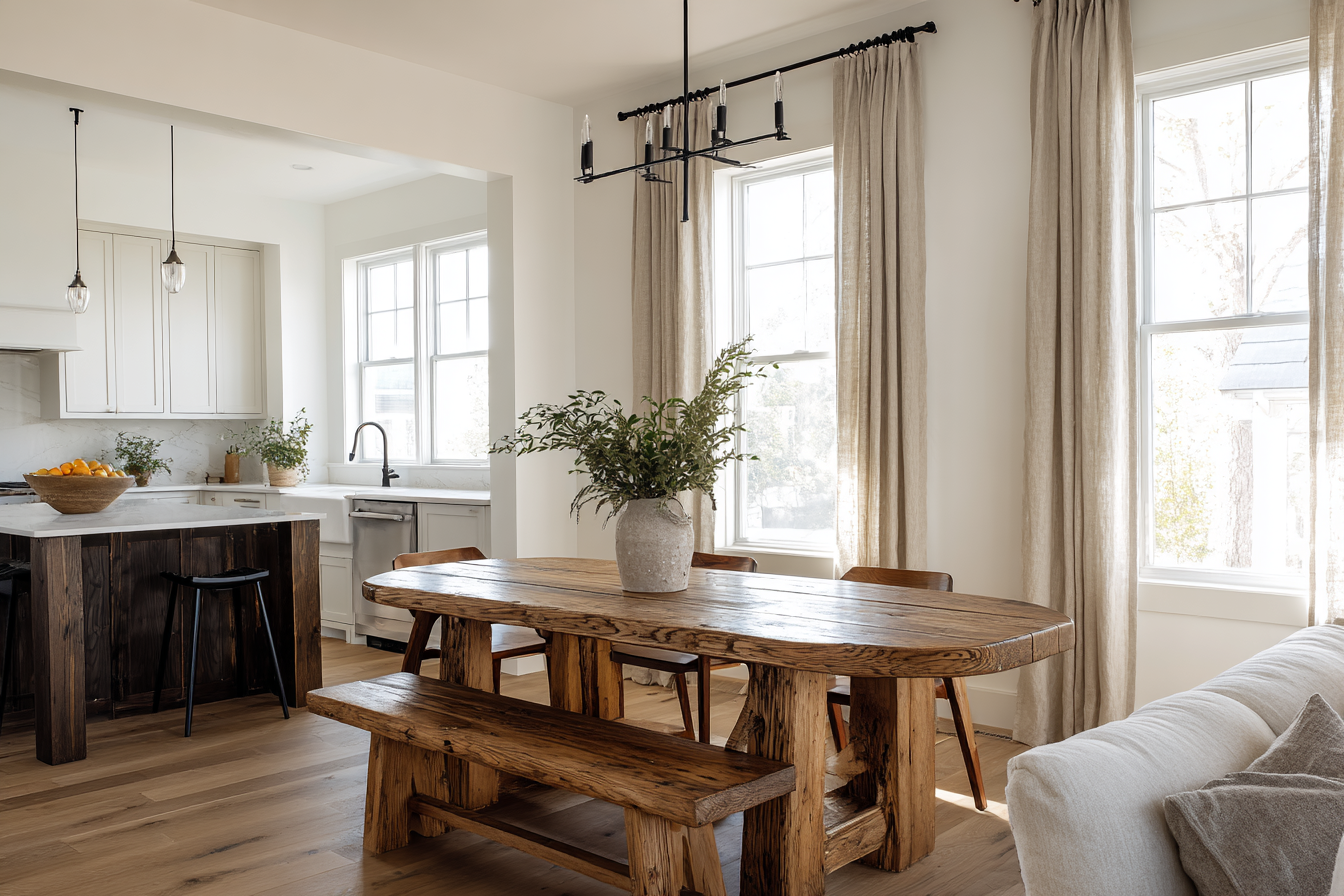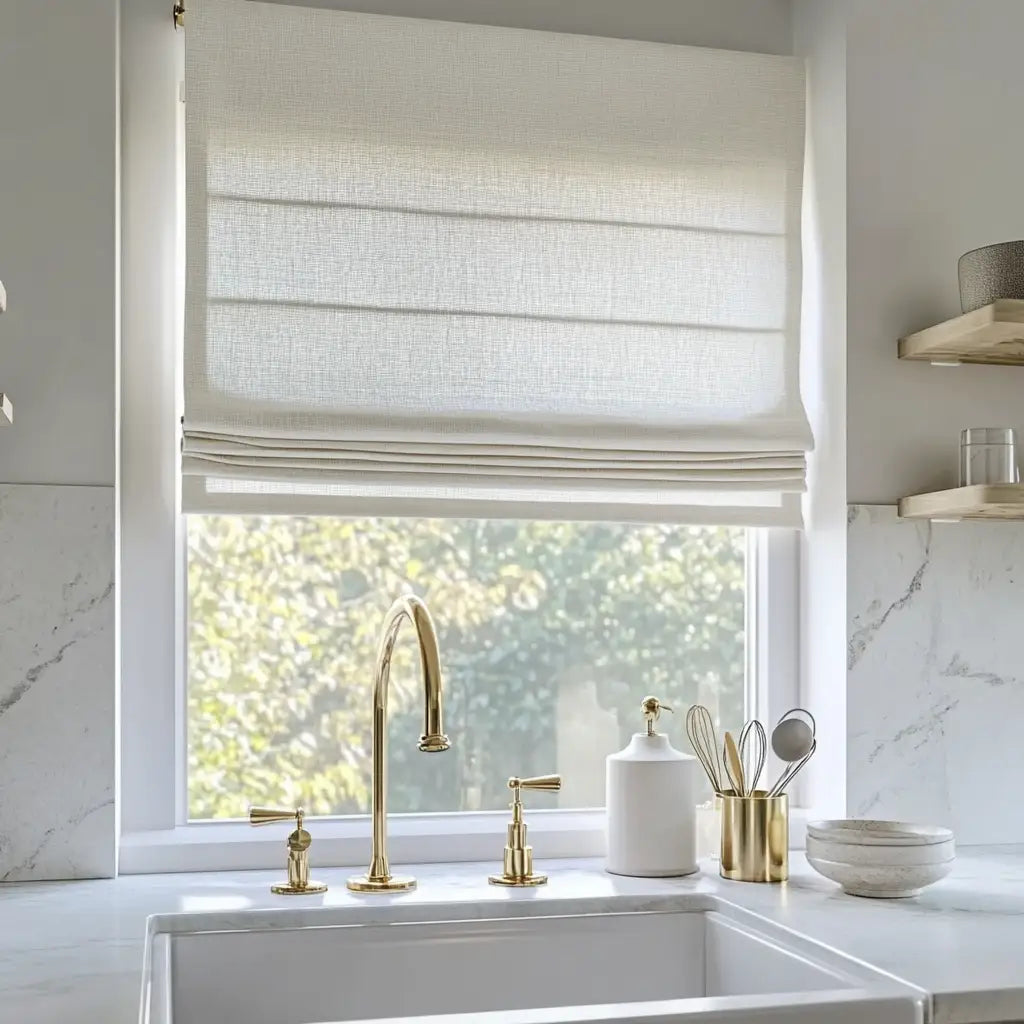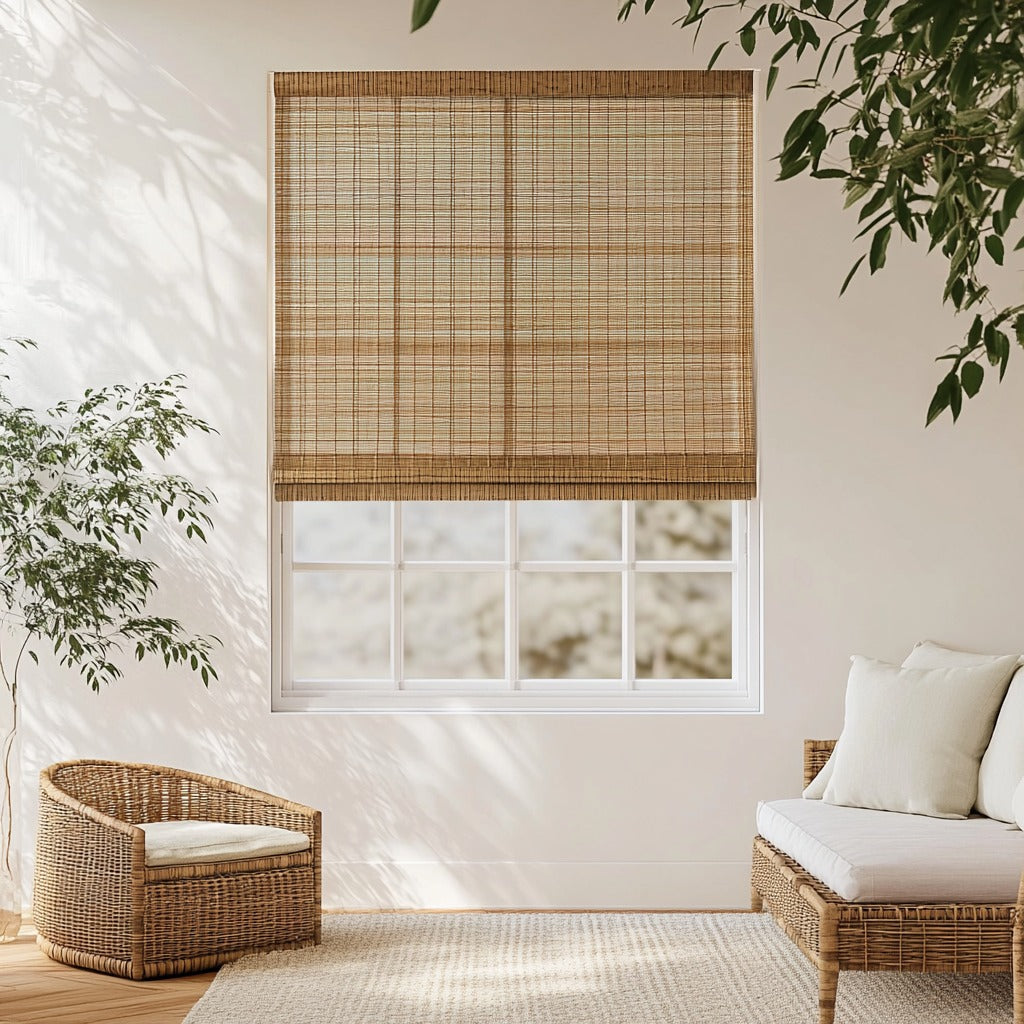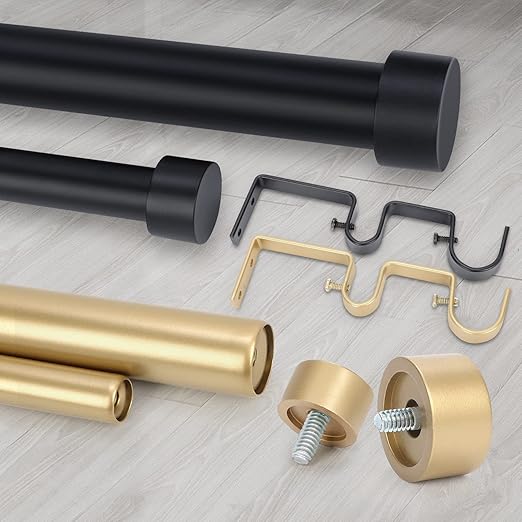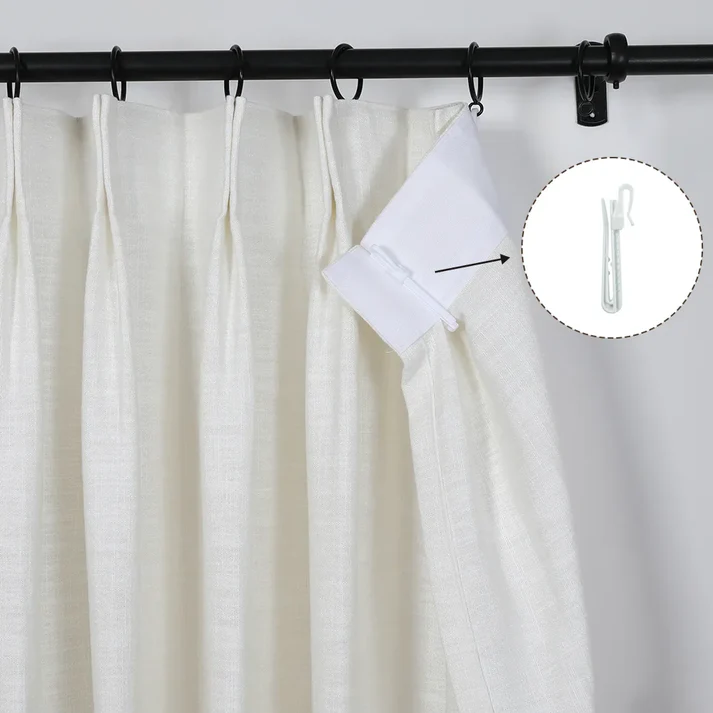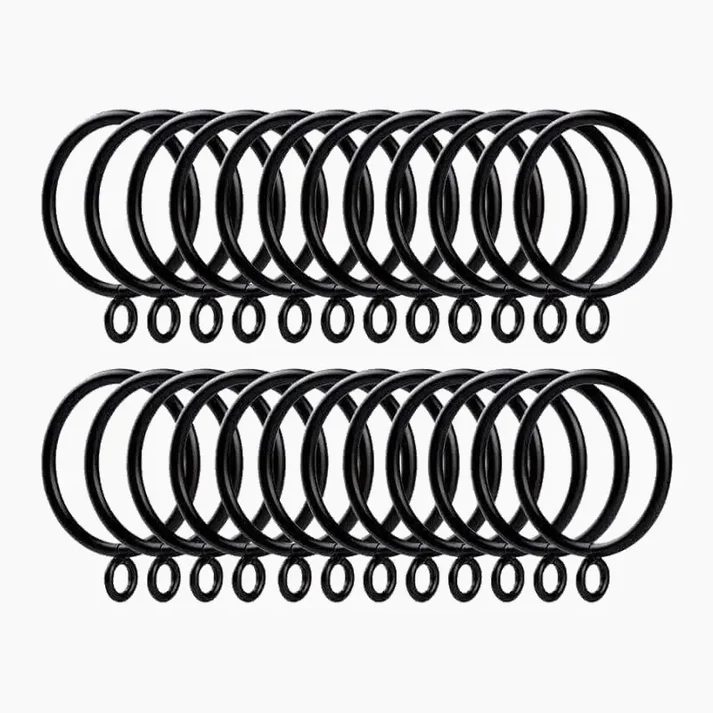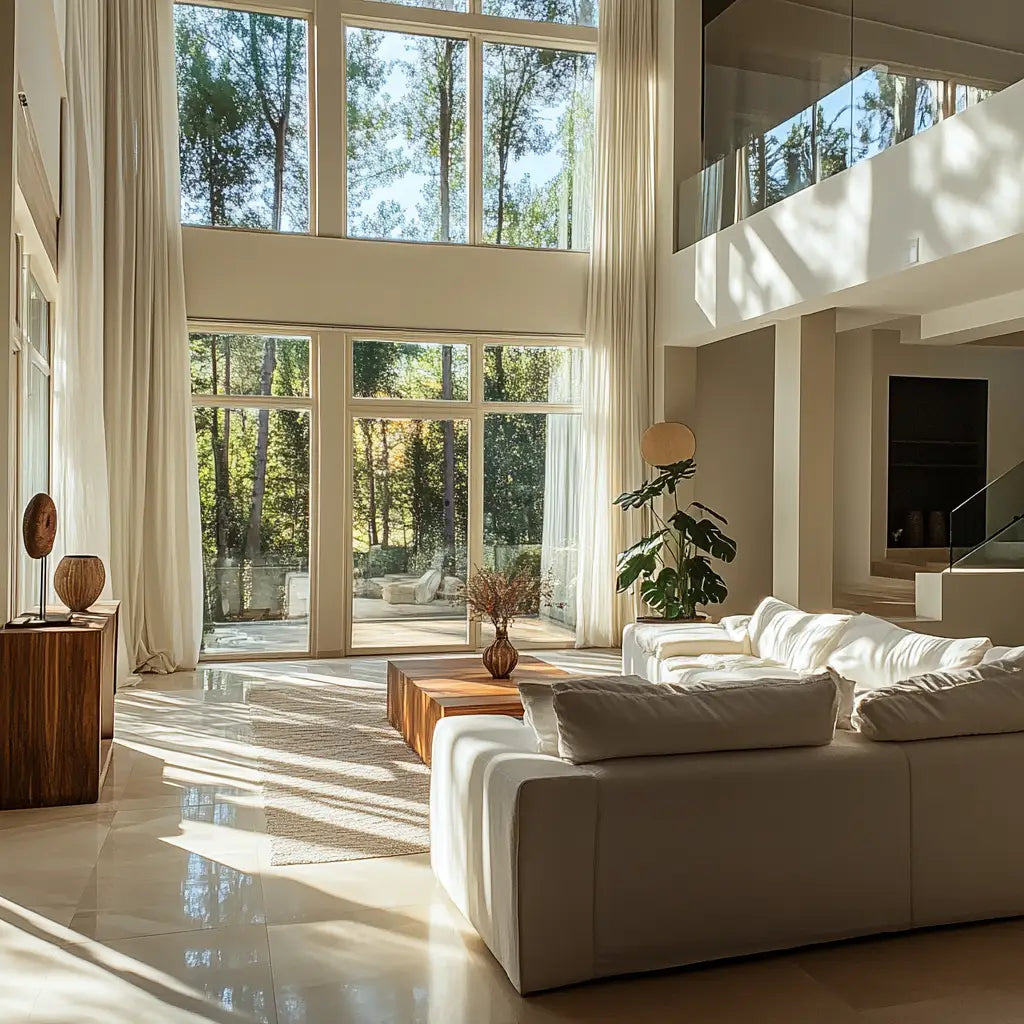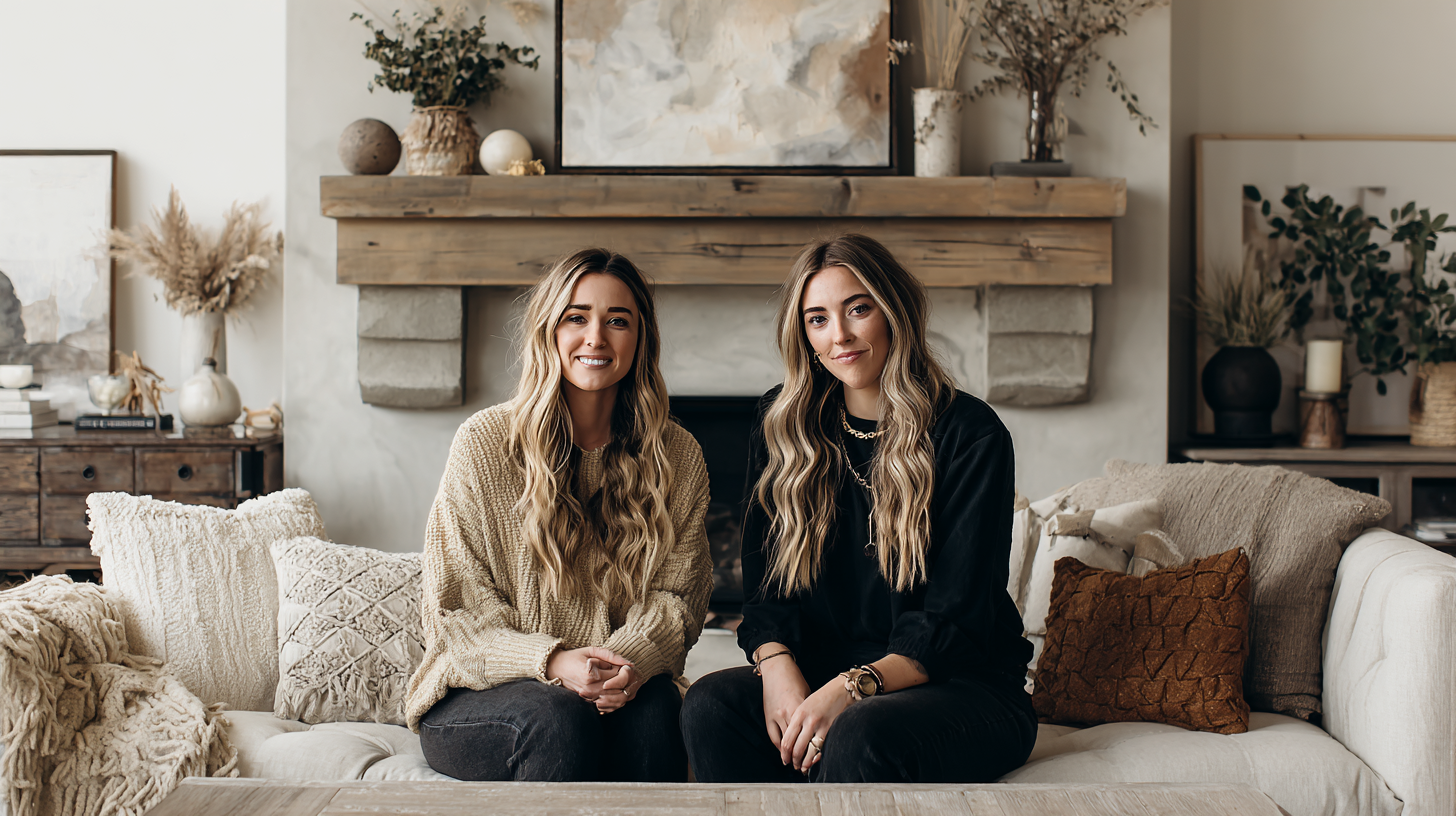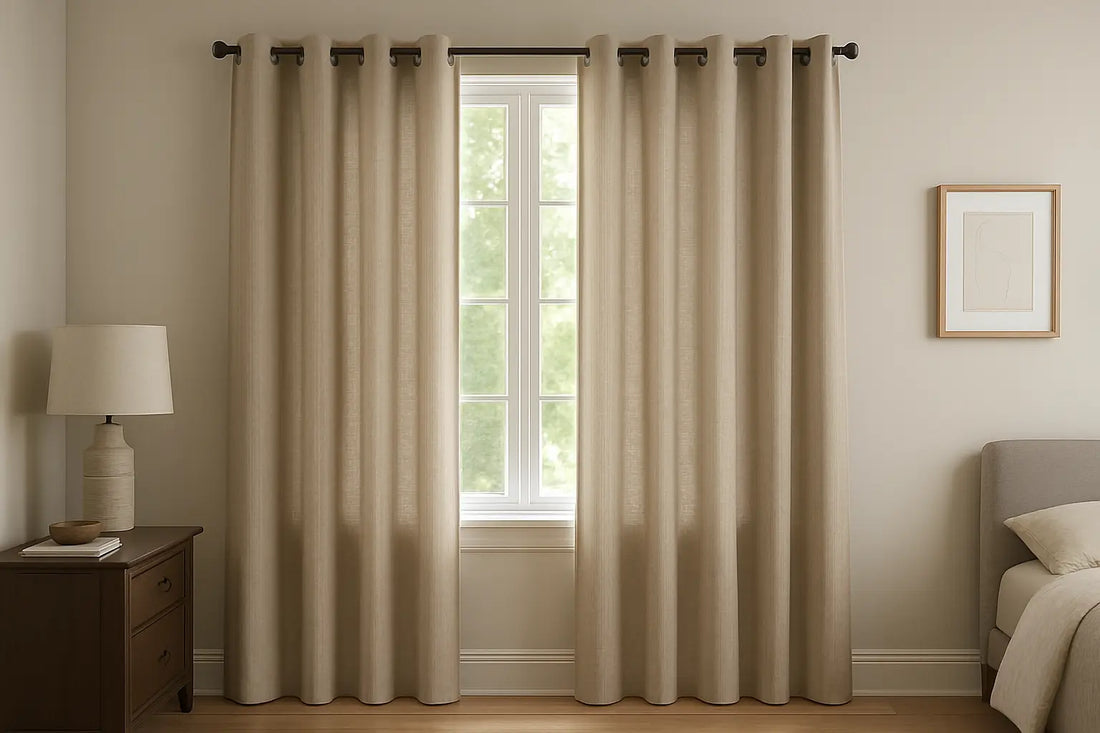
Linen Drapes — Tested in Real Homes
I spent six weeks testing linen drapes in real homes.
The evaluation covered bedrooms, dining spaces, and study rooms.
I measured light, sound, and thermal changes with calibrated tools.
This review focuses on practical results, not abstract marketing claims.
Light Blocking Test Results
In a south-facing bedroom, morning light is strong.
The linen drapes filtered brightness but left a gentle glow.
Compared with blackout polyester, the effect was softer yet natural.
Even with double panels, complete darkness was not possible.
Evening streetlamps were muted enough for comfortable rest.
One notable example was the Sienna windowpane linen blend curtain with grommet finish.
It balanced semi-sheer texture with structured pleats effectively.
The grommets slid smoothly along the rod without snagging.
This balance made it easier to adjust for varied daylight.

Sound Insulation Measurements
I measured background traffic noise with and without linen drapes.
In the living room, average sound reduction was 5–6 dB.
This was enough to soften passing cars but not full silence.
In a home office, typing noise echoed less with drapes closed.
Roller blinds had almost no acoustic benefit.
The heavier linen weave created a buffer against reflective surfaces.
Double-layering with a sheer inner curtain raised reduction to 7 dB.
For city apartments, this improvement feels modest yet valuable.

Thermal Retention & Energy Impact
Thermal testing showed meaningful seasonal differences.
In winter, linen drapes reduced heat loss near windows by 12%.
Radiator warmth lingered longer inside the room.
During summer afternoons, indoor temperature dropped by 1.5°C.
This was measured against uncovered glass surfaces.
Their breathable weave allowed some airflow while still buffering heat.
When paired with lining, the effect improved further.
For shoppers, custom linen drapery for seasonal energy savings is worth exploring because it performs across climates.

Fabric Quality & Durability
Linen has a reputation for natural texture and longevity.
After repeated opening cycles, the weave showed no fraying.
Fabric density was consistent, with no thin patches at seams.
I tugged firmly at edges to simulate heavy handling.
The threads held shape without unraveling.
After three washes on gentle cycle, shrinkage was minimal.
The texture softened but did not lose structure.
Sunlight exposure during daytime did not cause visible fading.
This confirmed long-term resilience for daily use.

Installation Hardware & Process
Mounting required basic tools: drill, level, and measuring tape.
The brackets supplied held firmly after repeated adjustments.
Grommets allowed quick sliding without uneven bunching.
Compared with hook systems, this was faster and cleaner.
The process took less than 30 minutes for a 1.5m window.
Even on wider frames, the alignment stayed consistent.
Homeowners wanting minimal disruption may prefer this setup.
For larger openings, easy-install custom linen curtains for wide windows provide both coverage and simple handling.
Comparison to Roller Shades / Blinds
Roller shades offered full blackout but lacked softness.
They blocked more light but felt clinical in style.
Blinds gave adjustable light control but no fabric warmth.
In thermal retention, linen outperformed both by measurable margins.
In sound reduction, blinds had negligible effect compared to linen.
Cost-wise, roller shades were cheaper initially.
However, linen drapes brought dual value of function and aesthetics.
For long-term comfort and layered décor, drapes prevailed.
Frequently Asked Questions
Are linen drapes fully blackout?
No, they filter light but do not create complete darkness.
Lining can be added for stronger blackout effect.
Do they improve room acoustics?
Yes, they reduce echo and soften background noise by 5–7 dB.
Not a substitute for professional soundproofing, but effective.
How often should linen curtains be washed?
Every 6–8 months is sufficient for most households.
Spot clean stains promptly to maintain texture.
Can they be installed without drilling?
Yes, tension rods can hold lighter panels.
For heavy curtains, brackets with screws are recommended.
How to Install Linen Drapes in 5 Steps
1.Measure window width and height accurately.
2.Fix brackets evenly at marked points.
3.Insert rod through linen drape grommets.
4.Mount rod onto brackets securely.
5.Adjust pleats for smooth appearance.
Random Articles

I struggled with sleepless nights until I found blackout curtains. Here’s my story of fabrics, fu...

Linen drapes tested in real homes. Discover blackout, thermal, and styling performance across liv...

Drapes for home office bring comfort and focus. Explore fabrics, styles, and care tips for a bala...
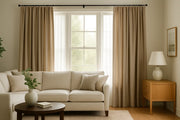
Cotton drapes bring natural comfort and elegance. Explore their benefits, room uses, care tips, a...

